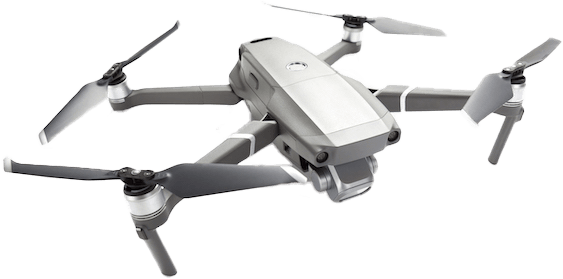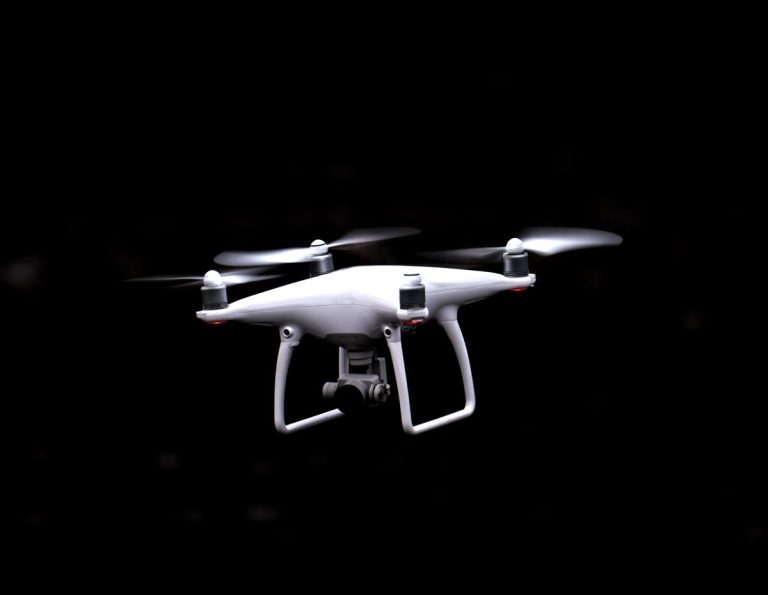Drone Industry
Discover how additive manufacturing can be a game-changer for your drone project!
- Innovation
- Adaptability
- Scalability
How can 3D printing benefit the drone industry ?

Login
If you have any trouble logging in to your account, contact us.
Sign Up
To start 3D printing or Laser Cutting, you'll need to create an account here. Once done, you'll be able to upload your files and get live quotes of yours parts
Already have an account? Log In
Discover how additive manufacturing can be a game-changer for your drone project!

Home » Industries » 3D Printing for Drones » Why you SHOULDN’T 3D Print these drone components
In the rapidly evolving world of drone technology, 3D printing has made its mark by revolutionizing the drone industry and giving rise to a great range of amazing drone projects. Additive manufacturing has also transformed the way certain drone components are manufactured. However, it is essential to exercise caution and discernment when deciding which parts to 3D print for your drones. In this article, we will delve deeper into the reasons why 3D printing drone propellers might not be the best choice, focusing on aspects like standardization, thickness & strength requirements, and see where we might find 3D Printing’s added value for other drone components.
One compelling argument against 3D printing drone propellers lies in the concept of standardization. Drone propellers generally have a standardized design and shape, making them relatively interchangeable. This specific shape is the result of an engineering process, whose goal is to achieve flight efficiency, performance, and safety.
Such processes are not really open to “freedom of design” simply because there are physical constraints, the same way “reinventing the wheel” would not make any sense.
As a consequence, there is limited necessity or added value in 3D printing these components. However, traditional manufacturing techniques, such as injection molding, enable mass production of standardized propellers, as well as economies of scale. Moreover, drone blades and propellers are consumable components that need to be replaced every 300 to 500 flight hours, so mass-producing them seems like the most logical strategy. These cost-effective mass-produced propellers already fulfill the requirements of most drone operators, so why make things complicated?

While there have been some initiatives exploring unique propeller designs, like the Toroidal propellers developed by the MIT Lincoln Lab, they remain the exception rather than the norm. Such specialized designs often cater to specific use cases, and for these unique applications, 3D printing may indeed offer an advantage. However, for the vast majority of drone users, standard propellers provide the most adequate performance and functionality.
Drone propellers are engineered to be incredibly thin and lightweight, in order to increase flight efficiency and performance. Achieving these thin yet resistant profiles through 3D printing can be challenging. Achieving the required thinness without compromising structural integrity might be a complex task for 3D printing, even when using strong materials like ABS, PLA or Ultrasint® PA11 CF.
Materials like PA11 (Nylon) may offer some benefits in terms of flexibility and durability, but they still might not match the strength and specific thinness required for optimal drone propeller performance, as minimum thickness might be a constraint.
As a result, traditional manufacturing methods remain the more reliable choice for producing these crucial components, ensuring the necessary balance between weight, strength, and aerodynamic efficiency.

While 3D printing may not be the best solution for drone propellers, it certainly has a significant role to play in the production of other drone components, such as:
With the use of 3D Printing technologies, drone manufacturers can create intricate and custom designs for their drones, optimizing weight, ensuring structural strength, and adding particular features.
Find out more about custom drone making in our article: How to build a drone?
You can also reach out to our in-house Design Studio if you need help with your drone project.

With their Tundra model, Hexadrone is a great example of a Drone company leveraging the possibilities of 3D Printing to create custom-made and feature-rich drones.
They partnered with Sculpteo to develop this ambitious project; you can read more about this fascinating and successful story here.
Enhancing the functionality and versatility of drones, custom connectors and parts can facilitate the integration of multiple devices such as sensors, cameras, headtrackers, or other payloads, providing drone manufacturers and amateurs with a bespoke solution, according to their specific needs.
While 3D printing has brought revolutionary changes in the aerospace industry, it is essential to be discerning when choosing the right applications for this technology.
Drone propellers, with their standardized design and need for refined yet robust construction, are best produced using traditional manufacturing methods.
However, 3D printing offers substantial value for other drone components, such as chassis and custom connectors, enabling innovative designs and customized solutions for drone operators.
As drone technology and additive manufacturing techniques advance, challenges remain, and it is interesting to explore possible applications and experiment with various techniques. However, that doesn’t mean we should automatically manufacture drones using 3D Printing integrally, just yet.
For now, it seems clever to try and pick what each manufacturing solution is best at while staying open to the unfolding possibilities that each solution will continue to bring.
If you have a drone project you would like us to help you with, do not hesitate to reach out to our experimented team of additive manufacturing experts.
We can also provide counseling services and design services upon request.
We look forward to facilitating your drone endeavors.
Get the latest 3D printing news delivered right to your inbox
Subscribe to our newsletter to hear about the latest 3D printing technologies, applications, materials, and software.
 Connect with Google
Connect with Google Connect with Facebook
Connect with Facebook